When diving into the world of foreign exchange (Forex) trading, one term you are likely to come across is Contract for Difference or CFD. This financial derivative product has gained substantial popularity over the last decade due to its unique advantages and features. However, for a newcomer, understanding CFD can be a bit complex. This article aims to demystify this concept and provide a comprehensive introduction to CFDs in Forex trading. Let’s begin at the very beginning.
Understanding Forex Trading
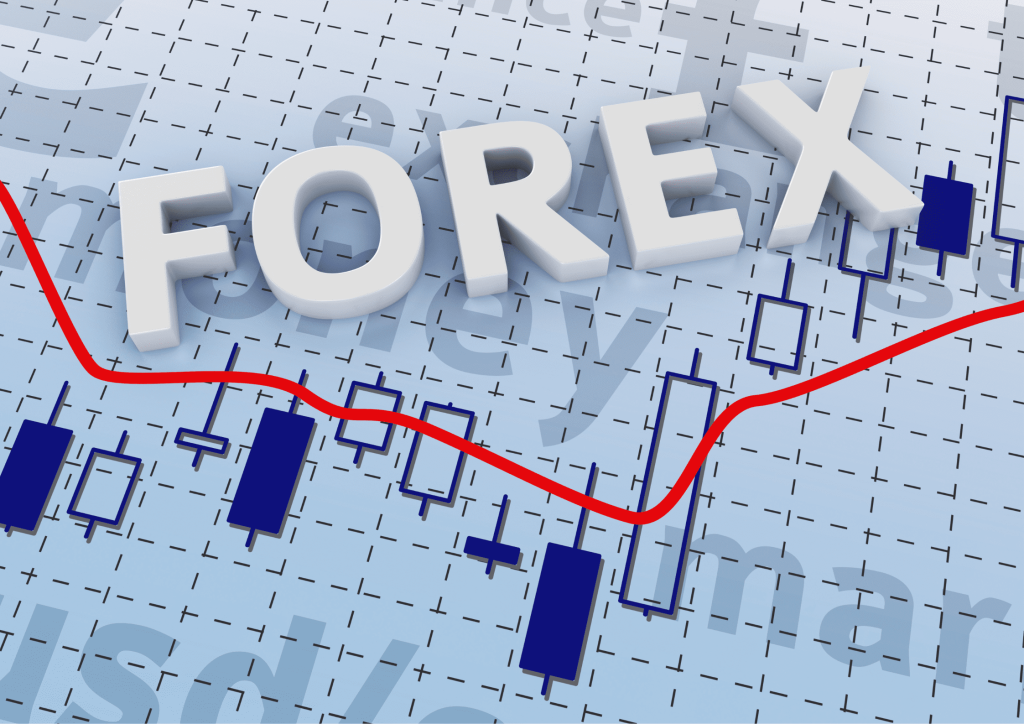
The foreign exchange market, colloquially known as Forex, is the arena in which the currencies of various countries are traded. It’s decentralized in the sense that there’s no single, central location where transactions occur. Rather, trading is facilitated through a global network of banks and financial institutions.
Forex is the largest and most liquid financial market in the world. According to the Bank for International Settlements, average daily trading in Forex markets reached $6.6 trillion in 2019. That’s larger than all the world’s stock markets combined.
One of the unique features of Forex is its continuous operation. The market is open 24 hours a day, five days a week, due to the global nature of the market and the different time zones in which the world’s major financial centers operate, from Tokyo and Sydney in the east to New York and London in the west.
Trading in Forex is all about currency pairs. Each trade involves the simultaneous buying of one currency and the selling of another. The currencies are paired together because the value of a currency is always relative to another currency. For example, if you’re trading the EUR/USD pair, you’re buying Euros and selling US dollars. If the value of the Euro rises relative to the US dollar, you make a profit. If the value of the Euro falls, you make a loss.
Price movements in Forex are driven by a range of factors, including economic indicators, political events, and market sentiment. Traders utilize both technical analysis (studying price charts and patterns) and fundamental analysis (studying economic indicators and news events) to make their trading decisions.
Defining Contract for Difference (CFD)
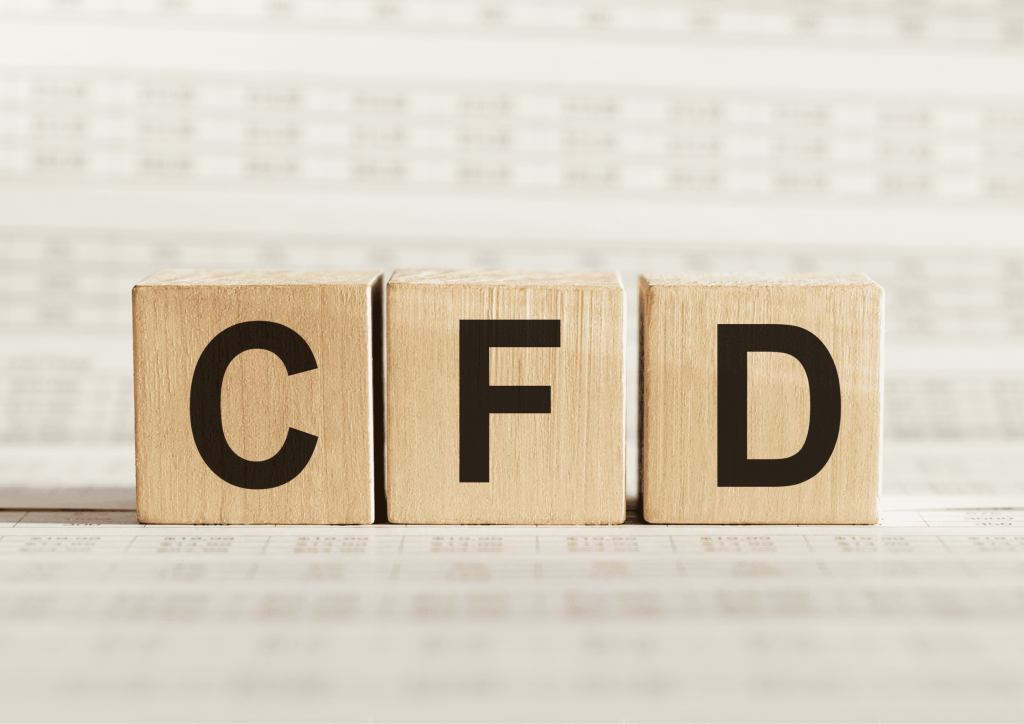
A Contract for Difference, commonly referred to as a CFD, is a type of financial derivative. To understand CFDs, it’s important first to understand what a derivative is. A derivative is a financial instrument whose value is derived from an underlying asset. This asset can be a commodity like gold, a stock, a bond, an index, or, in the case of Forex, a currency pair.
Unlike traditional forms of trading where ownership of the asset is transferred from the seller to the buyer when trading CFDs, you never actually own the underlying asset. Instead, you’re simply speculating on whether the price of that asset will rise or fall. This is done through an agreement or contract with a broker, hence the name Contract for Difference.
The ‘difference’ in the name refers to the change in price of the underlying asset from when the contract is opened to when it is closed. If you believe the price of the asset will rise, you ‘buy’ a CFD. If the price of the asset does indeed rise, the broker pays you the difference between the opening price and the closing price. Conversely, if the price falls, you pay the broker the difference. This means you can profit from both rising and falling markets, a concept known as ‘going long’ (speculating on price increase) or ‘going short’ (speculating on price decrease).
CFDs are traded on margin, which means that you only need to put down a small percentage of the total value of the trade as a deposit to open a position. This magnifies both potential profits and potential losses, making CFD trading a high-risk, high-reward form of trading. Despite the risks, the ability to profit from small price movements and the flexibility to trade on both rising and falling markets make CFDs an attractive instrument for many traders.
Also Read: How to Trade Crypto CFDs
Benefits of Trading CFDs in Forex
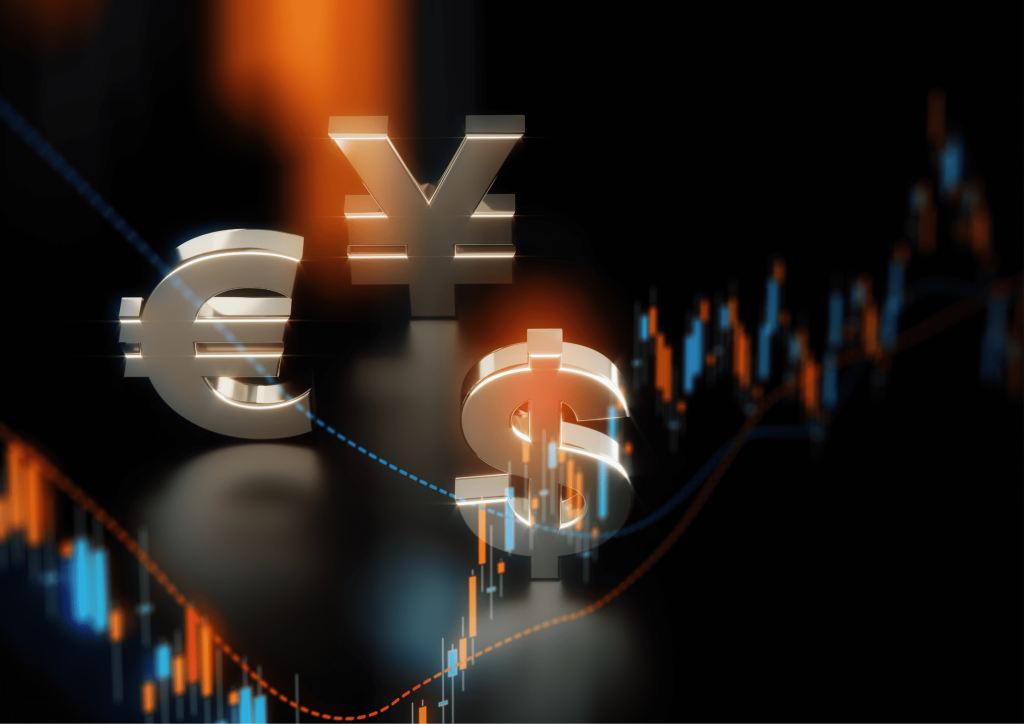
Trading Contracts for Difference (CFDs) in the Forex market provides several unique advantages that make it an appealing option for many traders. Here are the key benefits in more detail:
Leverage
One of the primary benefits of trading CFDs is the use of leverage. This powerful tool allows traders to control larger positions with a relatively small amount of capital, compared to traditional trading.
In CFD trading, leverage is expressed as a ratio, for instance, 1:30, 1:100, or even 1:500. The first number represents the amount of capital a trader has, and the second number indicates the amount of capital they can trade. So, with leverage of 1:100, for every $1 in your trading account, you can control $100 in the market.
Leverage amplifies both gains and losses. It can magnify your profits if the market moves in your favor. However, it can also intensify your losses if the market moves against you, potentially even leading to losses that exceed your initial investment. Thus, while leverage can significantly enhance potential returns, it should be used wisely and judiciously due to its associated risks.
Ability to Go Long or Short
CFDs provide the flexibility to trade in both rising and falling markets, known as going long (buying) or going short (selling). If a trader expects a currency pair’s price to rise, they can go long by buying CFDs. Conversely, if they expect the price to fall, they can go short by selling CFDs.
In traditional forms of trading, where the trader must first own the asset before selling it, profiting from falling markets is often more difficult. With CFDs, going short is as straightforward as going long, providing traders with opportunities to profit regardless of market direction.
No Stamp Duty
As with other derivative products, when trading CFDs, you’re not buying or selling the underlying asset – you’re merely speculating on its price movement. Consequently, in many jurisdictions, there’s no stamp duty to pay. This absence of stamp duty can represent a significant cost saving, particularly for high-volume traders.
Access to Global Markets
Many CFD Forex brokers offer a wide range of markets for trading, spanning across continents. This means you can speculate on price movements of a plethora of currency pairs, including major pairs like EUR/USD, GBP/USD, and USD/JPY, minor pairs, and even exotic pairs like EUR/TRY or USD/ZAR.
This access to global markets allows traders to diversify their portfolios, manage risks effectively, and take advantage of different market conditions. It also enables trading around the clock, as there is always a Forex market open somewhere in the world.
Hedging Opportunities
CFDs can be used effectively for hedging, providing a method of protecting your portfolio from potential losses. If you own a currency pair and believe its value might fall in the short term, you can go short on a CFD for that pair. This means if the currency pair’s value falls, the loss in value of your physical holding would be offset by gains from your CFD trade.
These benefits make CFDs in Forex a compelling proposition for many traders. However, it’s essential to bear in mind that CFD trading also carries significant risks and should be approached with a comprehensive understanding of the market dynamics and a robust risk management strategy.
Risks of Trading CFDs in Forex

While CFD trading in the Forex market comes with many potential advantages, it’s crucial to understand the associated risks. Trading CFDs is not for everyone and requires a keen understanding of the market and a disciplined approach to managing these risks. Here are the key risks associated with CFD trading in more detail:
Leverage Risks
Although leverage is one of the primary attractions of CFD trading, it’s also one of its greatest risks. Leverage magnifies both profits and losses, so while you stand to gain significantly if the market moves in your favor, you can also lose more than your initial deposit if the market moves against you.
Consider a scenario where a trader uses high leverage (e.g., 1:100) on a trade. If the market moves against their position by just 1%, the trader could lose their entire initial investment. Hence, proper understanding and careful use of leverage are paramount in CFD trading.
Market Volatility
Forex markets are known for their rapid price fluctuations, which can lead to significant changes in a very short span of time. While volatility can offer exciting trading opportunities, it also increases the risk of sudden and potentially large losses.
Volatility is especially high during major economic releases and events such as interest rate decisions, employment reports, or geopolitical crises. During such times, even a well-analyzed position can quickly turn into a loss.
Lack of Ownership Rights
When trading CFDs, you don’t own the underlying asset. Instead, you’re speculating on its price movements. This means you don’t have any ownership rights or voting rights that come with owning physical assets. So while you can benefit from price movements, you don’t have any control over the asset itself.
Overnight Charges
CFD positions that are held open overnight (after the end of the trading day) are subject to overnight or swap charges. These charges are essentially interest fees that you pay or receive, depending on the direction of your trade and the applicable interest rates on the currencies in the pair you’re trading.
If you hold a position for a significant amount of time, these fees can add up and erode your trading profits, or increase your losses.
Counterparty Risk
When you enter a CFD trade, the counterparty to your trade is typically your CFD Forex broker. This means if your broker encounters financial difficulties or goes bankrupt, they may not be able to fulfill their obligations to you, putting your capital at risk. While many jurisdictions have regulations and compensation schemes in place to protect traders in such scenarios, the risk can never be entirely eliminated.
These risks highlight the importance of education and preparation when trading CFDs in Forex. It’s essential to fully understand these risks and have a solid risk management strategy in place. This might include setting stop-loss orders to limit potential losses, diversifying your trading portfolio, and never investing more money than you can afford to lose.
How to Trade CFDs in Forex
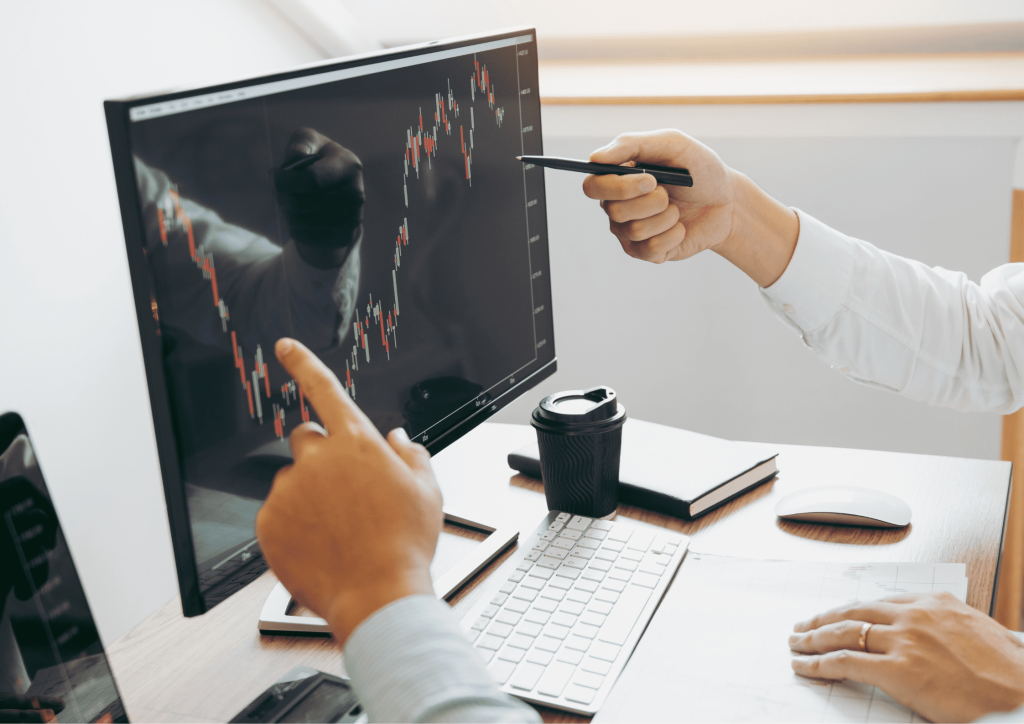
Trading CFDs in the Forex market involves several steps that are largely similar to traditional Forex trading. However, there are some differences that mainly come down to the nature of CFDs as a derivative product. Here’s a step-by-step guide to getting started with CFD trading in Forex:
Choose a Reliable Broker
The first step is to choose a reputable CFD Forex broker. Look for brokers that are regulated by recognized financial authorities like the Financial Conduct Authority (FCA) in the UK, the Australian Securities and Investments Commission (ASIC), or the U.S. Commodity Futures Trading Commission (CFTC). These regulatory bodies help ensure that brokers maintain fair and transparent operations.
Open a Trading Account
Once you’ve chosen a CFD Forex broker, the next step is to open a trading account. This usually involves providing some personal information, proof of identity, and sometimes proof of financial status. Most brokers also offer demo accounts, which allow you to practice trading with virtual money before risking real money.
Understand the Trading Platform
After opening an account, familiarize yourself with the trading platform. Most CFD Forex brokers offer platforms like MetaTrader 4 or MetaTrader 5, which provide a range of tools and features to help with your trading decisions. This includes real-time price charts, technical analysis tools, economic calendars, and more.
Analyze the Market
Before placing a trade, it’s essential to analyze the market. This can involve both fundamental analysis (studying economic news and indicators) and technical analysis (studying price charts and patterns). These analyses help you forecast potential price movements and make informed trading decisions.
Place a Trade
After analyzing the market, you can place a trade. You’ll need to select the currency pair you want to trade, decide whether you want to go long (buy) or short (sell), set your trade size, and specify your leverage. You’ll also need to set a stop loss to limit potential losses and a take profit to secure your profits when the price reaches your target level.
Monitor and Close Your Trade
After placing your trade, monitor the market closely to see if it’s moving in your favor. If it’s not, you might need to close your trade early to limit your losses. If it is, you might want to adjust your stop loss or take your profit level to secure more profits. When you’re ready, close your trade to realize your profits or losses.
Differences Between CFD Trading and Traditional Forex Trading
While there are many similarities between CFD trading and traditional Forex trading, there are some key differences to consider:
Ownership of the Underlying Asset
In traditional Forex trading, when you open a trade, you’re buying one currency and selling another. Essentially, you’re exchanging one currency for another, and you own the currency that you buy. However, with CFD trading, you never own the underlying asset. You’re simply speculating on the price movement of the currency pair.
Trading Costs
In traditional Forex trading, the cost of the trade is usually incorporated into the spread, which is the difference between the bid (sell) price and the ask (buy) price. In CFD trading, however, brokers may charge a commission on each trade in addition to the spread. Moreover, if you hold a CFD trade overnight, you’ll have to pay an overnight or swap charge.
Trading on Both Rising and Falling Markets
With traditional Forex trading, making a profit from falling markets can be more challenging because it generally requires selling a currency that you already own. However, with CFDs, you can easily go short (sell) and potentially profit from falling prices, making it easier to trade in both rising and falling markets.
Dividends and Corporate Actions
In traditional Forex trading, there are no dividends because currencies don’t pay dividends. However, when trading Forex CFDs on stocks or indices, if a company issues a dividend, the broker will adjust the account of the CFD traders holding positions in that company’s CFDs.
Strategies for CFD Trading in Forex

CFD trading in Forex, like any other form of investment, requires a well-thought-out strategy to increase the probability of success. Here are some of the most commonly used strategies in CFD trading:
Trend Following
This strategy involves identifying the direction of the market trend and opening CFD trades that follow this direction. Traders use various technical indicators, such as Moving Averages, Relative Strength Index (RSI), or the MACD to identify trends. Once a trend is established, traders aim to open trades in the direction of the trend and close them when the trend starts to reverse.
Range Trading
In the absence of a clear trend, the market often moves within a specific range. Range trading involves identifying these ranges (or channels) and trading within them. Traders will typically go long when the price hits the lower end of the range and go short when it hits the upper end, anticipating that the price will bounce back within the range.
Breakout Trading
This strategy is based on the idea that when the price breaks out of a specific range or trend, it’s likely to continue moving in the direction of the breakout. Traders typically set their entry point just above resistance for a bullish breakout or just below support for a bearish breakout, with stop-loss orders placed just on the other side of the breakout point.
News-Based Trading
This strategy revolves around economic news and events. Fundamental news can create significant price movements, and traders can capitalize on these movements. This can involve trading based on expectations before the news release (predictive trading) or after the news has been released and the market has shown its direction (reactive trading).
Also Read: Trendline Trading Ultimate Guide
The Role of Fundamental and Technical Analysis in CFD Trading
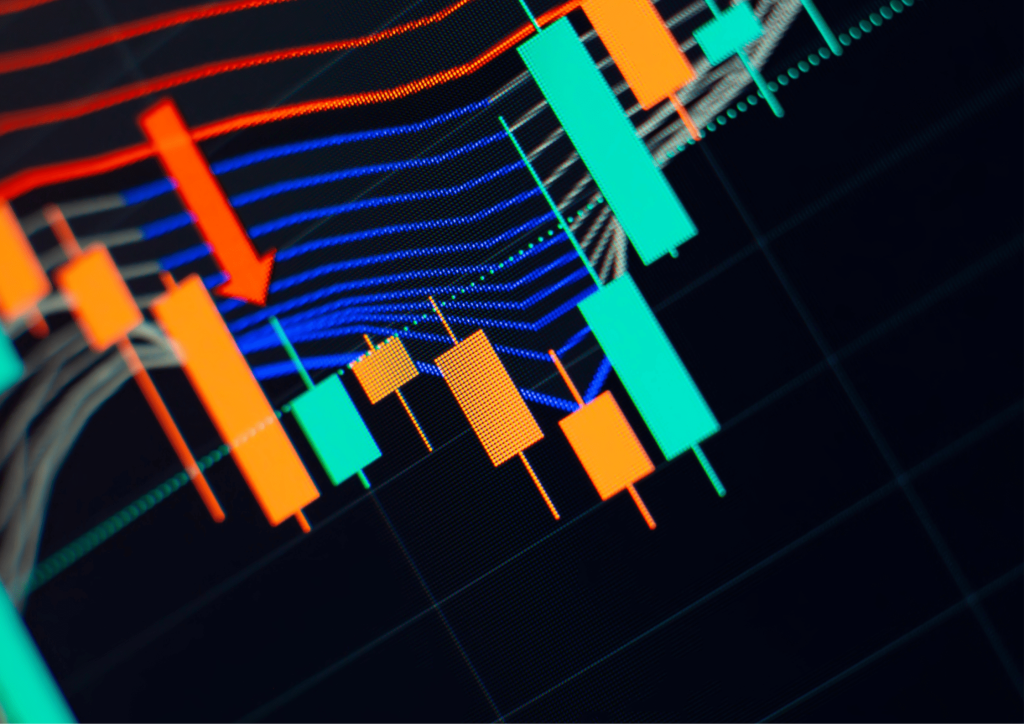
Both fundamental and technical analysis play crucial roles in CFD trading and are often used together to make informed trading decisions.
Fundamental Analysis
Fundamental analysis involves studying economic indicators, political events, and social factors that could affect currency values. This could include anything from interest rate decisions by central banks, changes in GDP, employment data, or political elections.
For instance, if a country’s central bank raises interest rates, its currency often appreciates. Traders might buy a CFD for a currency pair involving that currency, anticipating that it will rise in value.
Fundamental analysis provides a broad view of currency movements and is particularly useful for long-term trades or for identifying the overall trend.
Technical Analysis
Technical analysis involves studying price charts to identify patterns and trends that might predict future price movements. This can be done using various technical indicators, such as Moving Averages, Bollinger Bands, Fibonacci retracements, or Relative Strength Index (RSI).
For instance, if a currency pair’s price hits the upper Bollinger Band and the RSI shows overbought conditions, a trader might sell a CFD for that pair, expecting the price to fall.
Technical analysis is typically used for short-term trades and helps traders pinpoint precise entry and exit points.
Conclusion
In conclusion, while CFDs in Forex offer a unique way to speculate on market movements, they come with a high level of risk and are not suitable for everyone. It is important for new traders to fully understand these risks and consider their own financial situation and risk tolerance before engaging in CFD trading. As with all forms of investing, knowledge, and understanding are key to successful CFD trading.
Forex trading, like any other form of financial trading, requires discipline, a sound strategy, risk management, and, above all, understanding the intricacies of the financial product you’re dealing with. CFDs, in spite of their complexities, can be a powerful tool in a trader’s arsenal when used judiciously and with full understanding. But tread carefully, the market is as ruthless as it is rewarding.
FAQs
Can I lose more than my initial investment when trading CFDs?
Yes, it is possible to lose more than your initial investment when trading CFDs due to the use of leverage. Leverage can magnify both profits and losses. If the market moves against your position, you may be required to deposit additional funds to cover the losses, which can exceed your initial deposit. It’s crucial to use risk management tools like stop-loss orders to protect against significant losses.
What is the difference between going long and going short in CFD trading?
Going long and going short are terms used to describe your market position in CFD trading. When you go long, you are buying a CFD with the expectation that the underlying asset’s price will rise. On the other hand, when you go short, you are selling a CFD with the anticipation that the asset’s price will fall. Thus, CFD trading allows you to potentially profit from both rising and falling markets.
How can I practice CFD trading without risking real money?
Many Forex brokers offer demo trading accounts, which are funded with virtual money. These accounts allow you to practice CFD trading in real market conditions without risking real money. They are an excellent way to familiarize yourself with the trading platform, test trading strategies, and understand the dynamics of CFD trading before you start trading with your own money.



